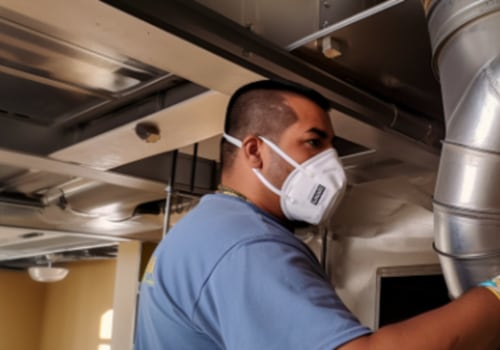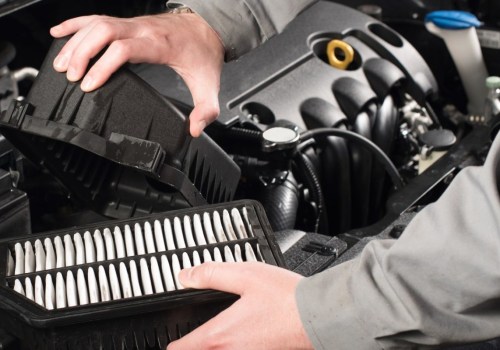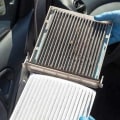When it comes to air filters, the biggest difference you'll notice is the cost. OEM filters are often more expensive because you're paying for a brand name. But when it comes to generic filters, there's no difference in quality. OEM filters are made by the brand manufacturer, while generic equivalents (also known as aftermarket products) are designed to fit and perform just as well.
Cheap disposable fiberglass filters only meet the minimum requirements, usually MERV 2 or 3.These filters are designed to protect the inner workings of your HVAC system, not your indoor air quality. You should refer to your HVAC system instructions and filter for maintenance guidelines, but generally you should change your filter at least every season, if not once a month. When it comes to the most common filter levels for retail, MERV 1 to 16, Owen said this range “takes it from filters that could catch a golf ball - I'm exaggerating a bit - to filters that will catch almost everything.” Two examples of qualified filters include the Nordic Pure MERV 12 and two other filters that are also OK. All of them (and Owen) told us that MERV filters in this range restrict airflow more than low-MERV filters, as measured by the drop in air pressure that filters create when installed.
You've probably heard how important it is to change your home's air filter on a regular basis. If you want a more efficient filter that traps the smallest particles, you'll want to choose a filter with a higher MERV rating. At its most basic function, an air filter removes impurities such as dust, pet dander, or even bacteria from the air that flows through the system.






